Content
Development a of Green Curriculum
Curriculum is “the expectations for what will be taught and what students will do in a program of study”. It includes teacher-made materials, textbooks, and common topic standards; curriculum is the gathered information that has been considered relevant to a specific topic. A learning Green Curriculum will include information, materials, and resources related to the environment and its sustainability.
In this section we will explore some key general considerations for this topic, a necessary step to start conceiving a Green Curriculum that adapts to you, your organization, and your working/acting context.
Why is it necessary to create Green Curriculums for Vocational and Educational Training (VET)?
Severe environmental changes like “the hazards of global warming, the shortage of natural resources and the loss of biodiversity as well as the dimension of global poverty, an increasing restriction of political rights and civil liberties in many parts of the world, wars and the threat by terrorism as well as the risks and crises of the financial systems are political, eco- nomic, social and ecological challenges” (Schreiber & Siege, 2016, p. 24).
The world has been experimenting some great changes since the rises of human populations and the development of the economical and industrial production worldwide, damaging the land and the see in between of those great historical processes[1]. Over the last century, awareness about this environmentally dangerous situation has been slowly growing. Now more than ever, we are in the position (and in the capacity) to bring new perspectives and approaches to the society, not only making the change for the future generations but the current ones, starting the change today.
What can we understand by “Green” –curriculum, mindset, approaches, methodologies, etc.–? Green means to continually improve upon the manner that resources are utilized (and thought to be utilized), that results in reduced impacts to human health and the environment; more importantly, it is done without sacrificing the current and future needs of our world. There is not only a way of “being green” and it is not a question of yes or no; there are middle points and practices that, even not being completely sustainable, are still an improvement in comparison with the start point.
Here, we aim to convey practices, ways to think, approaches, and work habits that are completely sustainable. Nevertheless, promoting a change for better, even if it is a little one, is still a success.
- A Context of Global Changes
During the last decades, the world has gone through fundamental changes that have affected the lives of the current and future generations, as could be the improvement of technology and communication, medical advancements, or the creation and massification of internet.
Naturally, the field of education has also lived huge changes to adapt to those new global situations. Both teaching and learning processes have evolved. Professionals inside the educational field now adapt to their public, using methodologies that keep changing and improving. In addition, now other ways of learning are world-wide available. Not only with books and memorization students learn, but through experiential, visual and practical teaching.
This is the perfect time and context for environmental teaching to be included into all educational systems. Vocational Education and Training is not the exception. This is an open opportunity for us to take.

- National (European) Boundaries
There are core differences between European countries when considering the importance of Environmental Education. For example, Finland and Estonia are the two European countries with better Environmental learning Curriculums. This is due to the features of those countries, their location, and cultural features, but also to their contemporary compromise to the land (and sea) maintenance and protection.
- Example: Estonian and Finland best Environmental Education Curriculums Reasons. Estonian people used to believe that souls go to live in trees.
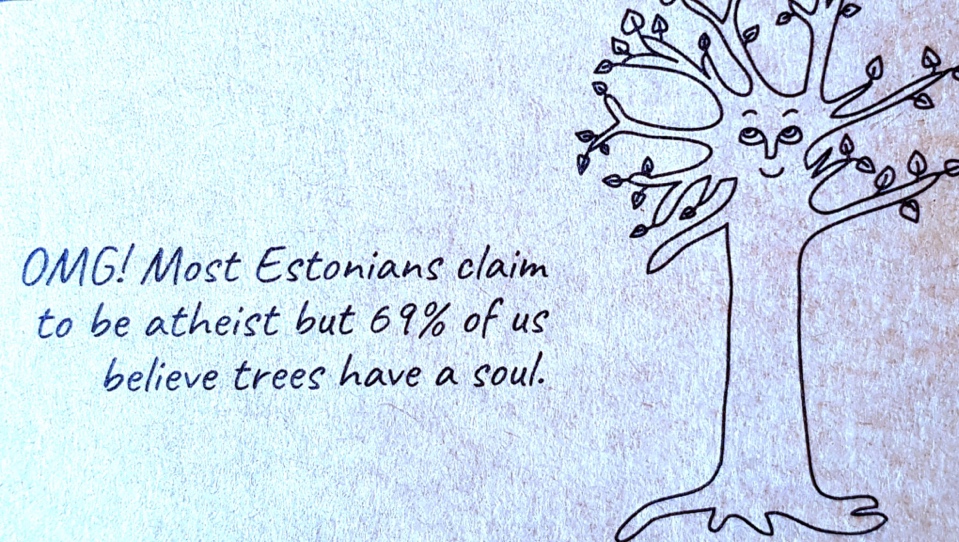
Another aspect to take into consideration is that Europe is in a great spot of enunciation. This is called academically “eurocentrism”. The implications of the Eurocentrism show that if Europe incorporates Environmental Education Curriculums, many other countries outside the continent will follow its example and do it as well. That brings a new dimension of responsibility for us all.
Finally, we need to consider that even inside the same country the local context may deeply variate. It is necessary to keep a balance between global guidelines and local real contexts. Never underestimate the importance of context and adapt any educational material to it.
- Inclusive Contents
First, we have inclusion referring to subject diversity. Environmental sustainability can be included and applied in every subject– from language, literature, arts and music to political education, geography, history, religion/ethics, economic education, natural science education. That means that VET practitioners can always apply green knowledge, practices, and manners to their professional life. It is the responsibility of trainers and education professional to convey those theories into applicable tools for students.
However, we also have inclusion referring to individuals and community members. This means that environmental sustainability cannot be achieved without societal balance and justice (Sousa Santos, 2016). Organizations cannot forget that environmental responsibilities come linked to social responsibilities.
- Sustainable Development Goals
The Sustainable Development Goals (SDGs) are especially relevant to anything related to environmental sustainability, as they are the world-wide objectives named as necessary to achieve it. The SDGs will be present transversally in all this module and the activities proposed in it, contributing to those key planetary goals. Any material derived from this should also match them, taking them as far as possible into their action sectors.
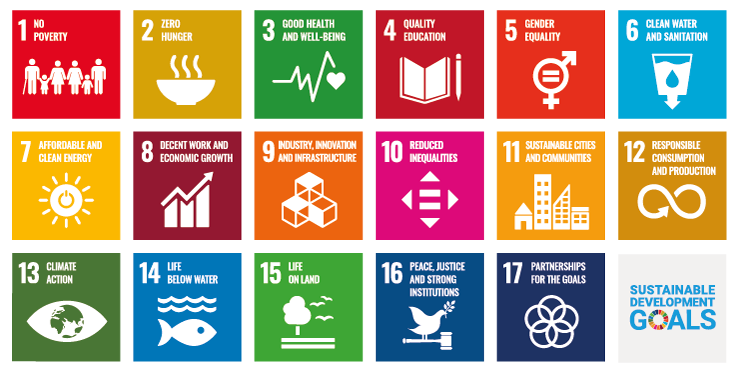
Activity 1: Think about how “Green” curriculum, mindset, approaches, methodologies, etc. could be used inside your own organization; write a short list of areas that it could affect inside it.
Environmental Responsibility and Best Practices Inside Professional Careers and Sectors
Environmental responsibility can be shown by respecting (and promoting) certain practices inside any working environment. To apply those practices to a VET program, it is necessary to introduce them by topics. Even if every topic here named is briefly introduced, each of them can be expanded to adapt the purpose of your own VET teaching curriculum/ program/ initiative.
1. Basics for the development of environmental initiatives.
The first step is for our target group to understand the environmental responsibility that we all have. That could be done through activities that promote the compromise and engagement of the group of learners in question and sharing fundamental knowledge. These are some ideas to start with, and further develop in your green teaching curriculum:
- Nature bonding (experiential, practical evidence)
- Ecological basic principles (eco-mindsets)
- Environmental solutions (present in our daily life, from eco-food to waste reduction or recycling basics)
- Sustainable development basic theory and goals (SDGs)
2. Environmental guidelines for work-related green curriculums.
These are essential environmental themes to integrate in any professionally oriented green curriculum. They are basic topics that any training related to work environments should consider.
- Ecological ethics as the foundation of the curriculum model
- Climate change / global warming and renewable energy as the overarching focus
- Environmental and ecosystem health as the backdrop to everything we teach.
3. Environmental best practices for professional environments
These best practices can be applied to the physical environment of work, and because of that can be transferred, taught, and shared as in here[2]:
- Circular economy principles
- Natural resource efficiency application
- Eco-innovation thinking
- Waste management application
- Green infrastructure implementation
- Access to information, knowledge, and evidence: continuous research and adaptation
4. Organizations “Plan-Do-Check-Improve” Green Strategy (UNEP, 2023)
In the following table we will see the Green Strategy that UNEP designed for organizations, institutions, and companies to apply environmentally sustainable practices. This planning tool is valid for little initiatives in small organizations, but also for big companies that aspire to develop and share with their employees better and greener ways of acting (and working).
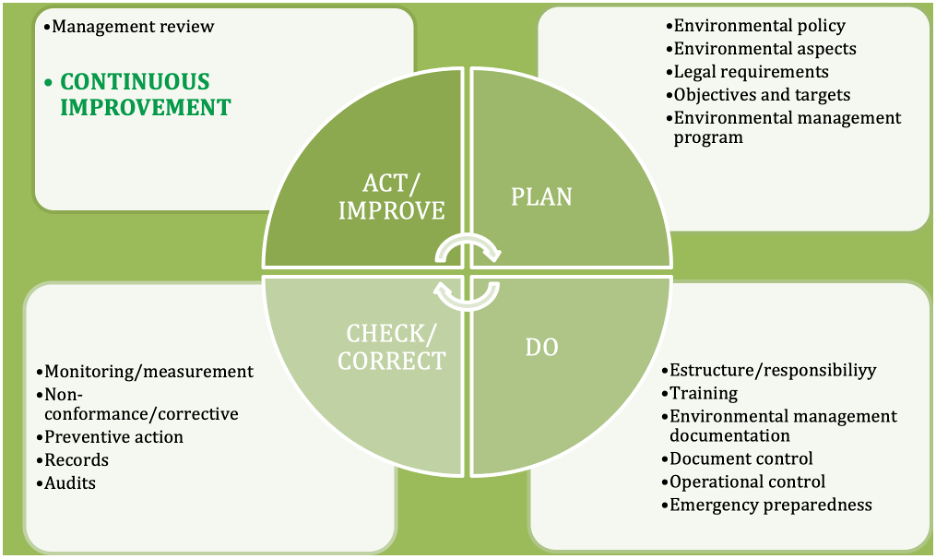
Source: UNEP, Department of Sustainable Trade, Industry and Economics
- Example: Training for safer operational practices in Canada. A successful VET program (Environment and the OECD Guidelines for Multinational Enterprises: Corporate Tools and Approaches, 2005)
Occupational Health and Safety training at Rio Tinto’s mining operations in Canada seeks to “improve efficiency in the operations, prevent accidents, promote safe work practices, and to encourage environmental awareness”. It forms part of a strategy to achieve the company’s long-term goal of zero accidents. So far, the established training programmes have offered over 75,000 hours of employee training (as of 2001).
In setting up the training programme, the company established an internal team of trainers and complemented it with external experts. The training activities focus on improving skills in safety and the environment, management, and industrial processes. Learning is facilitated using instructional tools such as a rotary kiln (an industrial oven) simulator. Employees who wish to upgrade their academic training in their field of activity can take advantage of the financial aid programme for ongoing development. The training themes fall into three categories: technical (production and maintenance), general (industrial health, safety, personal health, and environment) and safety management.
The company reports that, partly thanks to the training, it has reduced the number of lost-time accidents by 56%. Accidents numbered 20 in 2001, a drop from 46 in 2000.
- As we have just seen in the example, the thematic areas introduced here need to be concretized for specific occupations and sectors and must be integrated into concrete learning fields and learning situations.
The environmental content suggestions and best practices for VET development here shared are created to be as simple as possible. Like that, you will adopt as many of these ideas as possible, weaving them into your teaching and your organization culture quickly, adapting them as necessary.
Our goal is to design vocational education processes so that they enable learners to help shape tangible sustainable developments in their organizations. This aims at the developing of competencies/habits not only for the students’ professional lives, but also for their personal and social ways of acting.
Activity 2: Create your own “Plan-Do-Check-Improve” Green Strategy. Feel free to use any aspect or topic of your preference. The stage is yours!
Theory in Action: Creation of Training Programs that Empower Learners’ Green Capacities
There are many societies in the world that include Environmental Education as a fundamental part of their curriculums. Here we bring you the example of a Green School in Bali[3], with materializes many of theories, principles and practices above described in a way that can be applied to most of VET programs.
- A Green School that promotes Thinking, Acting and Reflecting
The Fundamental Principles of Green Capacities:
THINK |
||
Think Creatively |
Think Critically |
Think in Systems |
Think Creatively: Be original. Be imaginative.
Think Critically: Dig deeper. Ask why. Make connections.
Think in Systems: Step back and see the whole picture.
ACT |
||
Activate |
Collaborate |
Communicate |
Activate: Feel empowered and empower others. Take action. Make a difference.
Collaborate: Confident alone. Stronger together. Find your way.
Communicate: Process, organize, and coherently express ideas
REFLECT |
||
Be Aware |
Solve Problems |
Adapt |
Be Aware: Look within. Figure yourself out
Solve Problems: Figure it out. Go for it.
Adapt: Bend like bamboo
- Target dimensions for Green Mindsets in Training Programs
You need to combine skills to convey, learning objectives to pursue and your own organization values, everything to achieve the final mission of your training program. See it summarized in the next scheme:
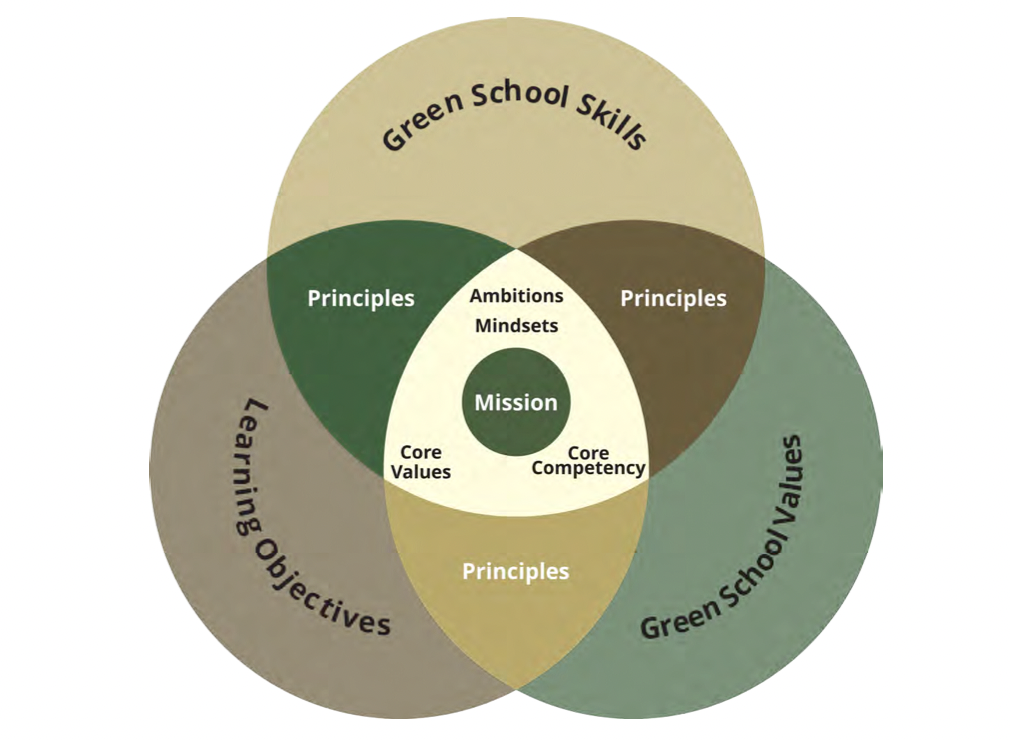
- Theory and practice, initiatives framework; the design of activities and practical material
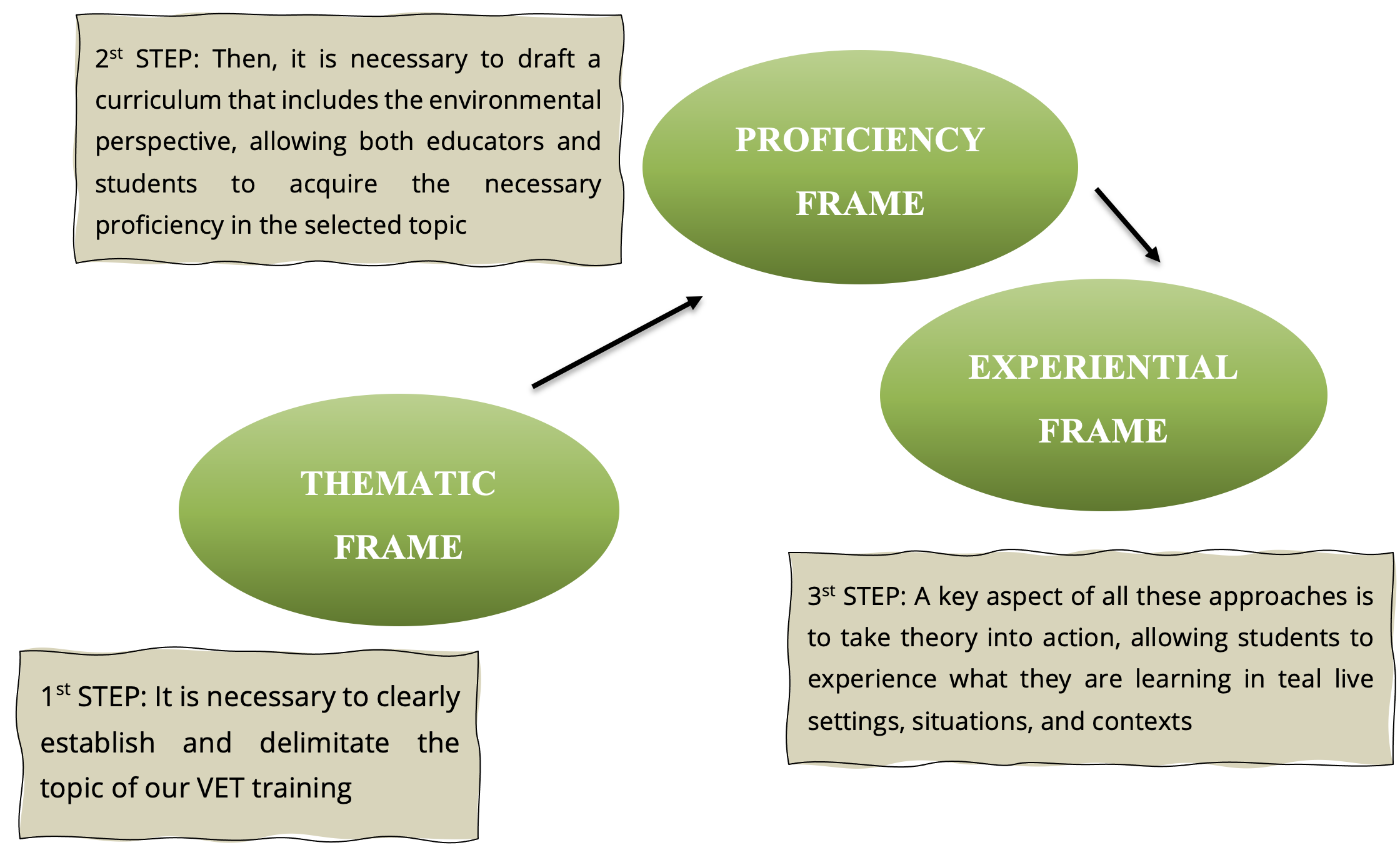
Activity 3: Match every Green Capacity with its schematic photo.
Partnerships with other VET Organizations
This crucial element in the is mostly evident for the real-world practice of Environmentally Sustainable VET programs in Europe and beyond. The objective number 17 of the Sustainable Development Goals, “Partnerships for the Goals”, already introduced the importance of creating strong partnerships that allow us to arrive further in the achievement of the SDGs.
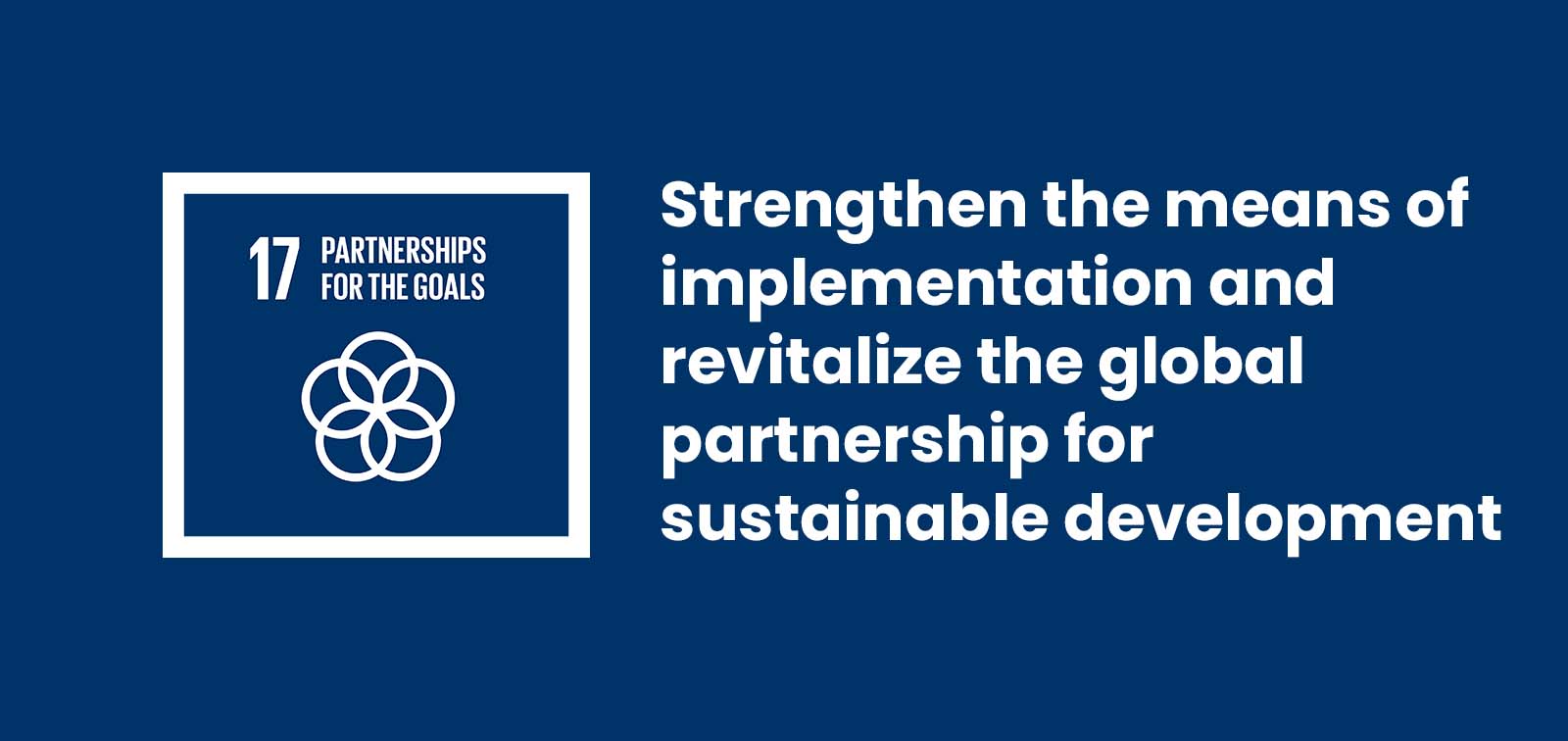
In this sense, we recommend the use of the “Greening Education Partnership” tool that UNESCO have at the disposal of any organization. In it, great instructions, and tips about how to connect with other organizations that share your mission and values can be found. Additionally, further information about green schools and learning curriculums, trainers’ formation, and greener communities’ development can be seen there.
- UNESCO’s “Greening Education Partnership” tool: https://www.unesco.org/en/education-sustainable-development/greening-future?TSPD_101_R0=080713870fab2000c08b4a26db1d42826b7527a8cca0db5c8bac224eccd274620db059239be64d40081694082e143000697d12be26c84feb47c400a3c4578c5122a79bc66e7d0d9c2c9c5ec24a5053bbfde791e15de5699980b78ef7eae0c247
Finally, another very recommended practice is to partner with other organizations that act within your same community, even if their domain of action/ ways of intervention/ target groups are different to yours. Together it may be possible to arrive to more people and make a bigger impact inside your community.
Activity 4: Partnerships do not need to be with organizations that act or defend the same missions as your one. As an exercise of both, remembering what we already introduced into this module and a way of review in which other sectors potential partners institutions can act, we propose you a SDGs game. In this word search, find a key word of the 17 objectives:
Going Beyond the Edge: Sharing Globally and Inspiring Locally
Dissemination activities are key to promote the actions of any organization and help them arriving to wider audiences. Even when the principles here focus on inspiring and impacting local contexts, having the opportunity to arrive to other, very different people around the world is an incredible asset.
Therefore, in this section we bring you both, a brief guide to how to effectively communicate and some specific examples of communication campaigns related to environmental VET in Europe.
- Designing an effective communication message
The following suggestions can assist communicators in achieving the maximum impact for their messages:
• Be clear about your intentions and make them the central message of your communication effort
• Simplify your message as much as you can without being inaccurate.
• Place your simple messages (general information) at the beginning of a text and gradually add the complex issues (specifics).
• Never assume technical knowledge about the issue unless the audience is clearly a technical community.
• Anticipate the interests of your target audiences and design your communication programme to match their needs.
- Example: The following examples[4] are taken from a VET training about environmental journalism. It was a two-day workshop about Solution Journalism on 16th and 17th May as a part of the “Just EU and ME” CERV project funded by the European Commission. The workshop was attended by over 80 participants including students, youth activists and media professionals.
We strongly encourage you to look through all these very different examples collected by professional environmental journalist. As you will see, they cover very different topics in very different ways and news formats; however, all of them make a strong point and help sharing globally local initiatives.
- Example 1: Covid-19 Video book, Brazil initiative
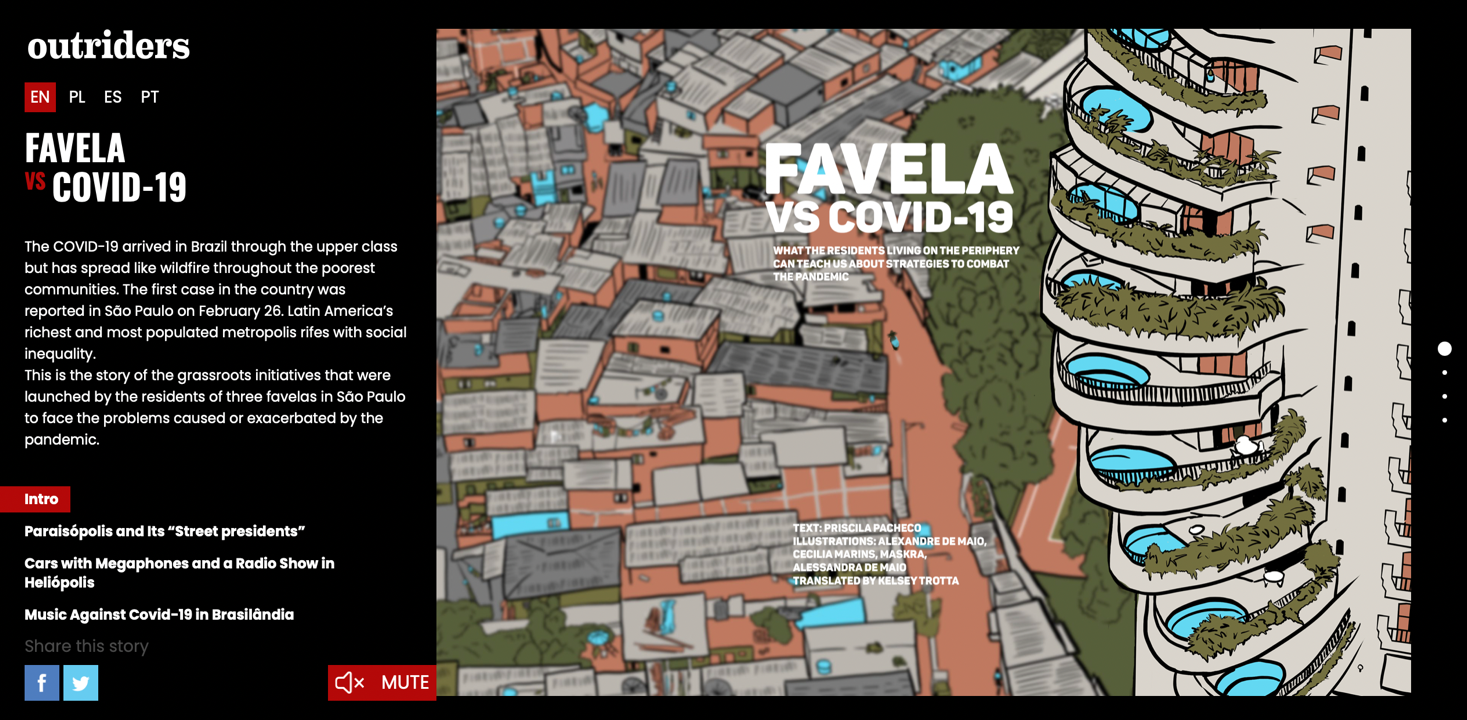
- Example 2: Postcards as channel of communication, Paris initiative
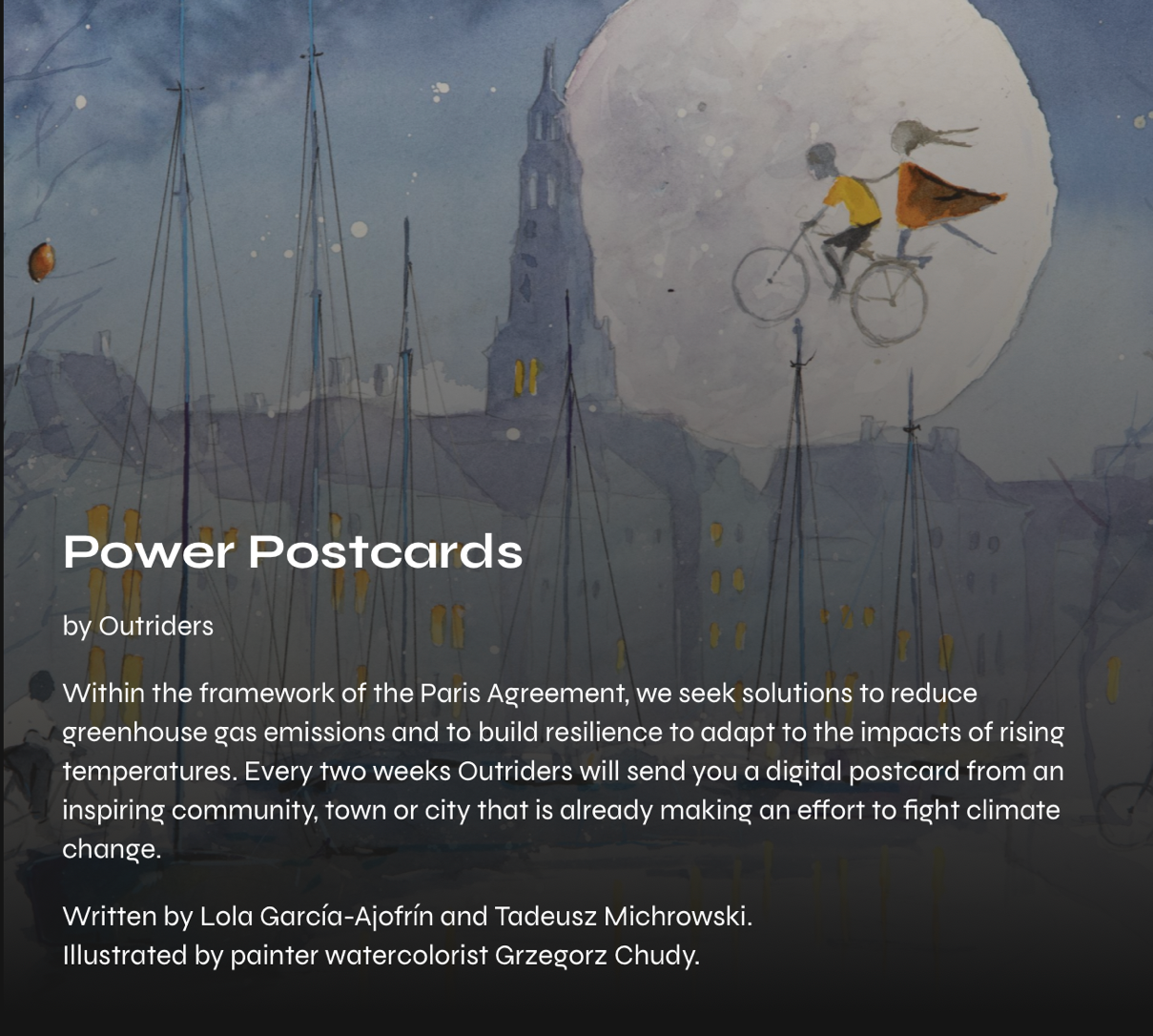
- Example 3: Appealing Articles, Prague, Belarus, Tamera, Italy, Krakow, and Barcelona initiatives
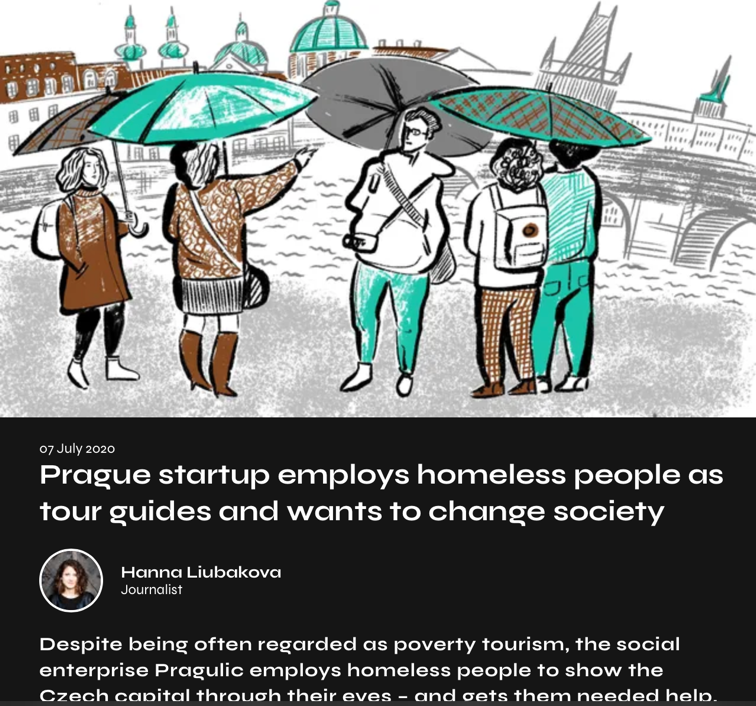
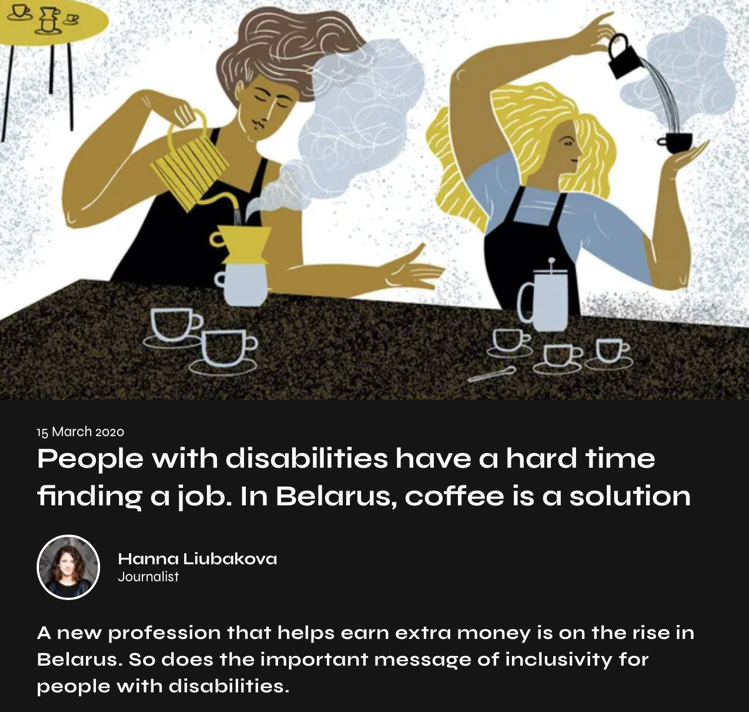
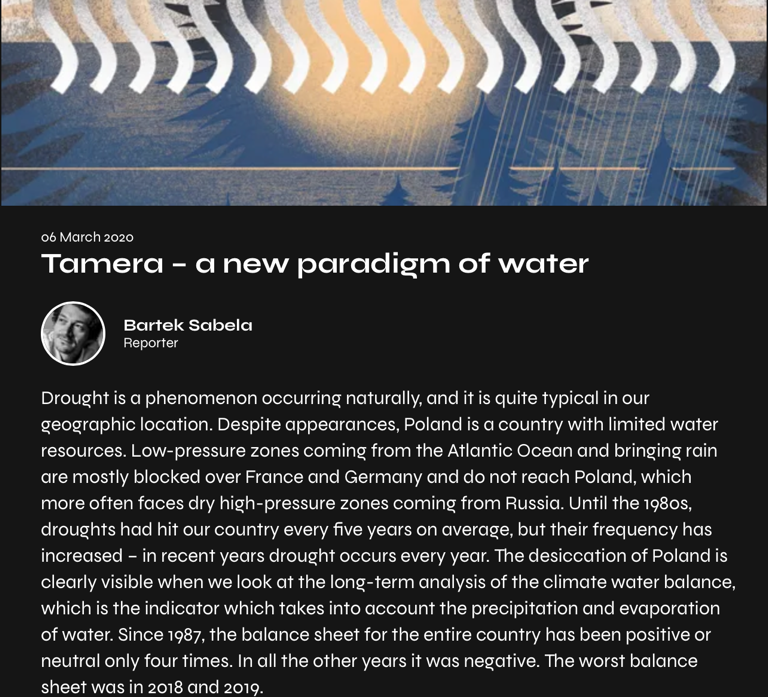
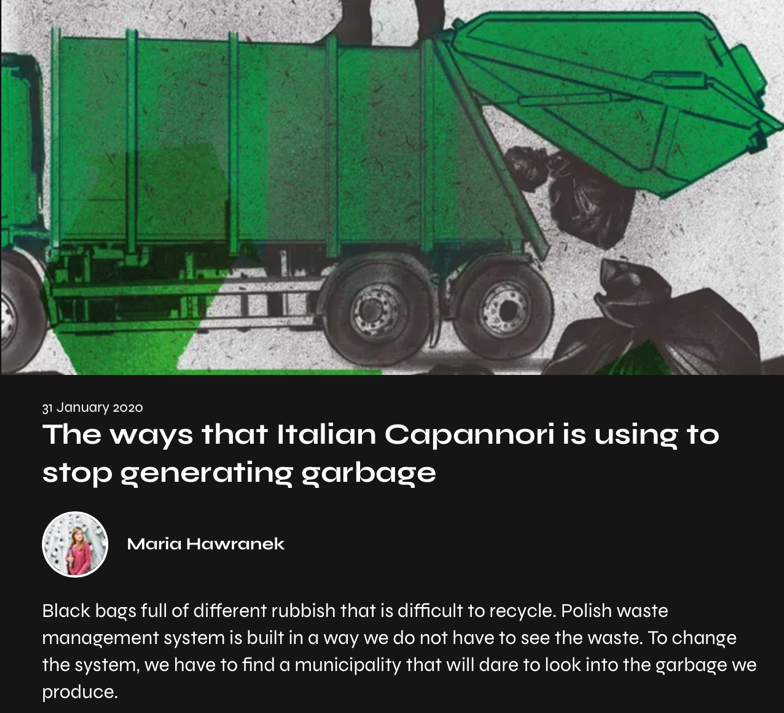
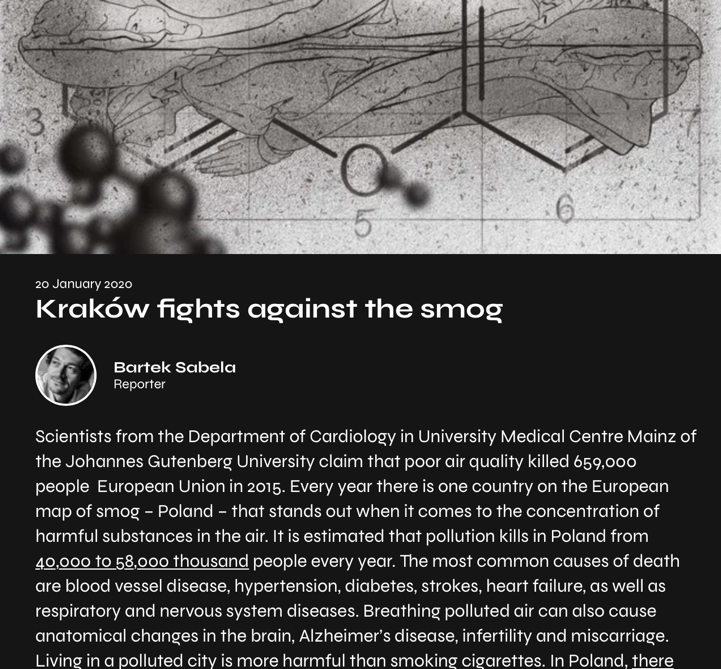
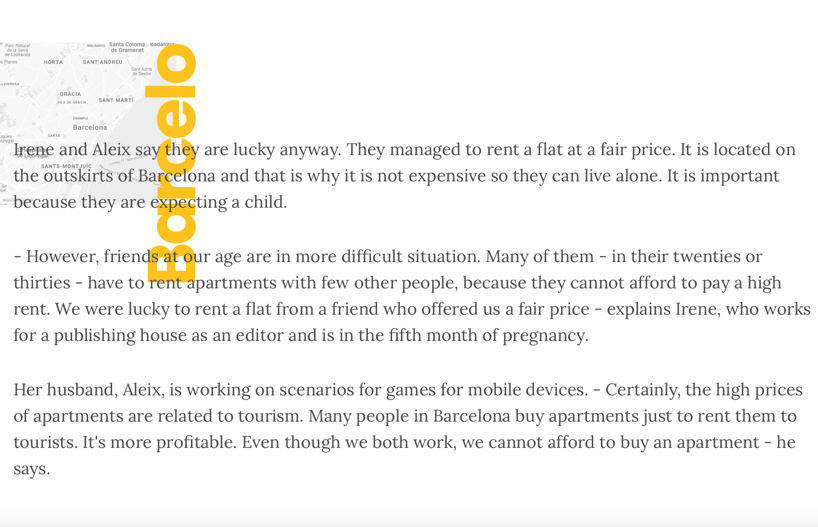

Activity 5: Can you think of any recent educational initiative you have hear about, seen, or carried out? Can you look for a couple of examples on Internet? If the answer is yes, we propose you to create a “media post” about that specific initiative. It could be anything, a social media post, an article, a press release, a TikTok video, an interactive map or newsletter, etc. The only condition is that it needs to be innovative and appealing. Try to be clear in you communication and keep in mind your audience target group.
Bonus: Once you have done it, why do not you share it in your organizations’ social media channels? It could be a good reading recommendation for your own public!








